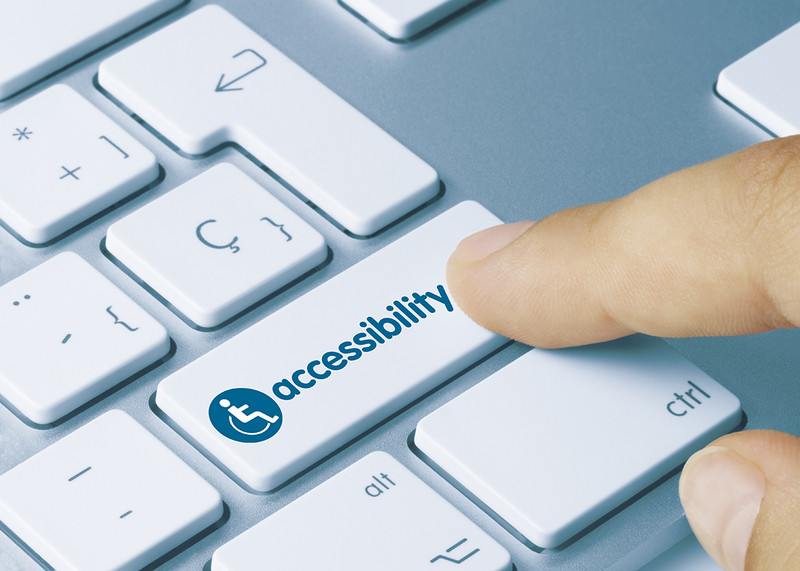
The Department of Justice (DOJ) has just released new web accessibility guidelines under the Americans with Disabilities Act (ADA). These new guidelines were established to explain to state and local governments (covered by ADA Title II) and businesses open to the public (covered by ADA Title III) how to make sure that their websites are accessible to all, including people with disabilities.
The demand and need for more accessible websites come as our society is increasingly more digital. The guidance will help in understanding how to ensure that websites are more accessible for people with disabilities. Everyone deserves equal opportunity to access services and goods that are provided by the government and other businesses.
This announcement is a victory for the disability community. As more people rely on websites to get information, it is so important that they are able to navigate the web in a variety of ways. Websites need to be designed in a way that prevent barriers that make it impossible for people with disabilities to use them. These types of barriers can prevent users that rely on screen readers to hear the text that appears on screen or the users that rely on closed captioning or subtitles because they are unable to hear. Good access should be part of the website development and not an afterthought.
Title II of the ADA prohibits discrimination against people with disabilities in all services, programs and activities of state or local governments. Part of that involves the communications with people with disabilities (including websites). Some of these services include items such as:
- Paying parking tickets or fees
- Filing a police report
- Filing taxes
- Attending virtual town meetings
- Registering for school
- Applying for state benefits programs
If a website is designed without accessibility, then it can limit the ability of people with disabilities to access these features. Additionally, Title III prohibits the discrimination against people with disabilities by businesses that are open to the public. It also requires that the services provided be accessible to people with disabilities, including websites. An example would be if a customer is filling out a form online to order products but is unable to complete it because the form is inaccessible.
How will these businesses make web content accessible to people with disabilities?
Businesses and state and local governments can determine how they will fulfill the ADA’s requirements, but they must comply. While there isn’t a set of standards outlining what websites must follow, there certainly are technical standards on how to ensure accessibility of websites, including the Web Content Accessibility Guidelines (WCAG) and the Section 508 Standards.
Best practices to ensuring that a website is accessible include:
- Alt text in imagery
- Video and audio captioning
- Properly labeled digital forms
- Color contrasting in text
- Allowing for text size and zoom capabilities
- Properly tagged headings and sections
- Keyboard and mouse navigation
- Accessibility checkers
As technology continues to evolve, so will the need to make it as fully accessible as possible for all.